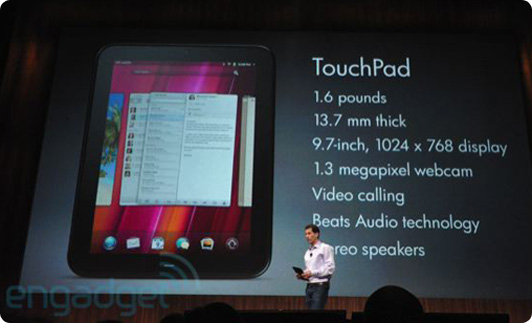Later versions of these radio phones incorporated cigarette lighter plugs and were called bag phones. Fixed in the vehicles, these gadgets were either used as portable two way radios or mobile phones. And then in 1940s, Motorola came with new developments in mobile phones. And this is how Walkie Talkie was born. Large, bulky and battery operated, this Handie Talkie soon found a way to US military.
Another turning point came in the history of mobile phones when the base station for mobile phones came into being. Engineers from Bell Labs developed the base stations in 1947. The same year, W. Rae Philip and Douglas H. Ring developed hexagonal cells for these mobile phones. But an engineer, Porter from Bell Labs, suggested positioning of the cell towers at corners of hexagons instead of center. He also argued for the directional antennas, for transmitting or receiving the signals in the three directions, into adjacent hexagon cells.
In 1956, Ericsson Company released the earliest full automatic cellular phone system called MTA in Sweden. Though this gadget was operated automatically but due to its bulkiness, could not really hold the users interest for long. It is surprising to hear that this mobile phone weighed around 40 kgs back then. And then improved and lighter version of the same phone was introduced in 1965. This was known as MTB and used the DTMF signaling.
Soon in 1957, Leonid Kupriyanovich developed experimental model of wearable mobile phones in Moscow, operating with the help of base station. This young engineer had earlier developed the radio phone known as LK-1. The battery life of the wearable mobile phone by the young inventor lasted for around 20-30 hours. Weighing 3 kg, it worked within the distance of 20 to 30 km from the station. Later he patented the mobile phones and also came up with a version of pocket mobile phone that was just of 0.5 Kgs in the same year.
Then again automatic pocket mobile phone was developed in 1966 at Bulgaria. Called RAT-0.5, phone coordinated with the base station known as RATZ-10. And further developments in the field of the cellular phones were witnessed in 1967. It was decided that every mobile phone would be catered to a base station throughout its life. Though this was not that novel concept, need of one base station at least broke continuity of the automatic services to the mobile phones. After three years, in 1970, another engineer Ames E. Joel invented automatically operated call handoff technology. This system allowed the mobile phones to pass through cell areas while making a phone call without any loss of conversation. This was the time when the mobile user could use the gadget without any disturbance.
Further in year 1971, AT&T Incorporation projected mobile phone service that was approved by FCC later. Another development in the history of mobile phones was registered with ARP network’s success launched in Finland. It was the earliest commercial cellular phones and was known as Zero Generation mobile network.
Invention of mobile phones that closely resembles today’s mobile phones is credited to Martin Cooper, employer and researcher of Motorola. He initially developed cellular phone named Motorola Dynatac in 1973. With 5 inches width and 9 inches length, this 2.5 pounds weighing phone carried around 30 circuit boards in it. With recharge time of around 10 hours, talk time of 35 minutes, this phone gave comfortable talking experience to the users. One could listen, dial and talk on this mobile phone but what was missing was display screen. With passing time, refinements were made and these mobile phones improved by leaps and bounds.
With introduction of Global System for the mobile communications, radio spectrum could be used effectively. The technology gave great voice quality, international roaming facilities along with compatibility with ISDN systems. And further for providing coverage to the remote areas that ISDN, GSM and cellular phones could not offer, satellite phones came into being. Base station for the satellite phones were built in the geostationary satellites. And now there is no place on the planet that is untouched by the mobile phones.








































